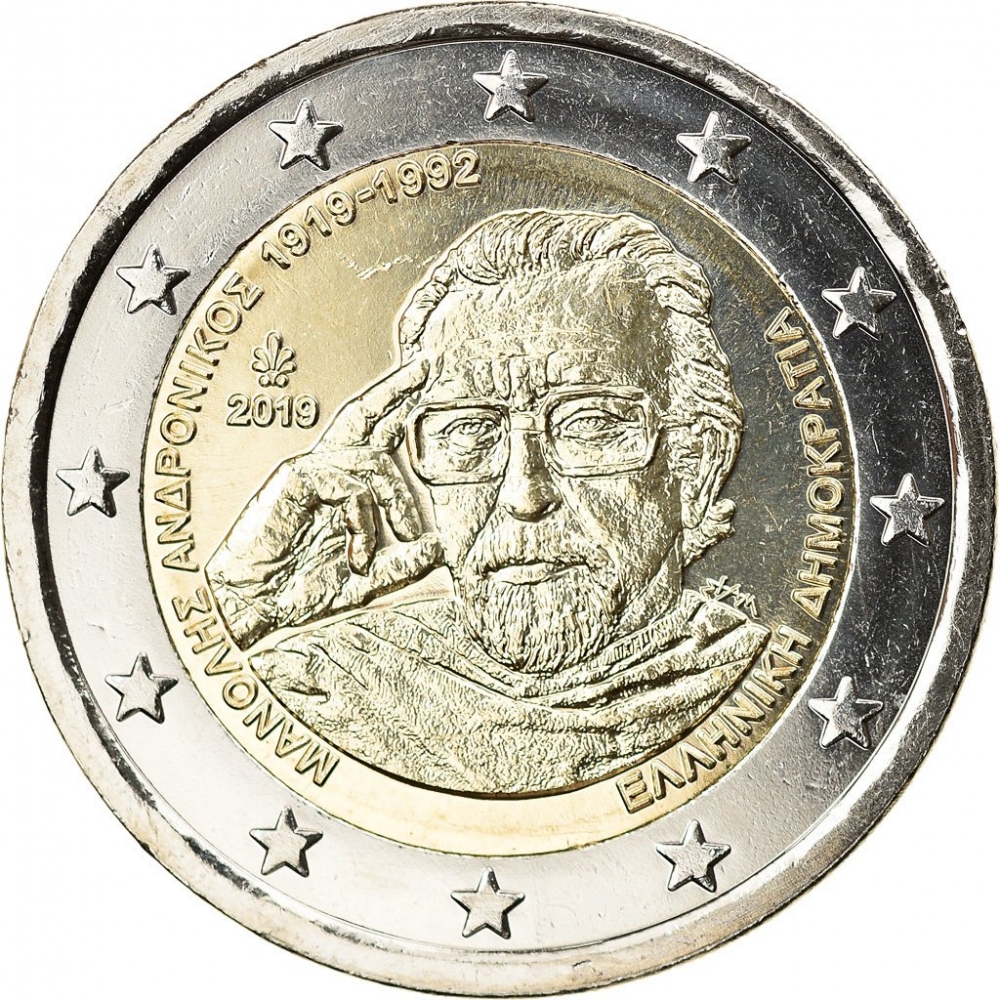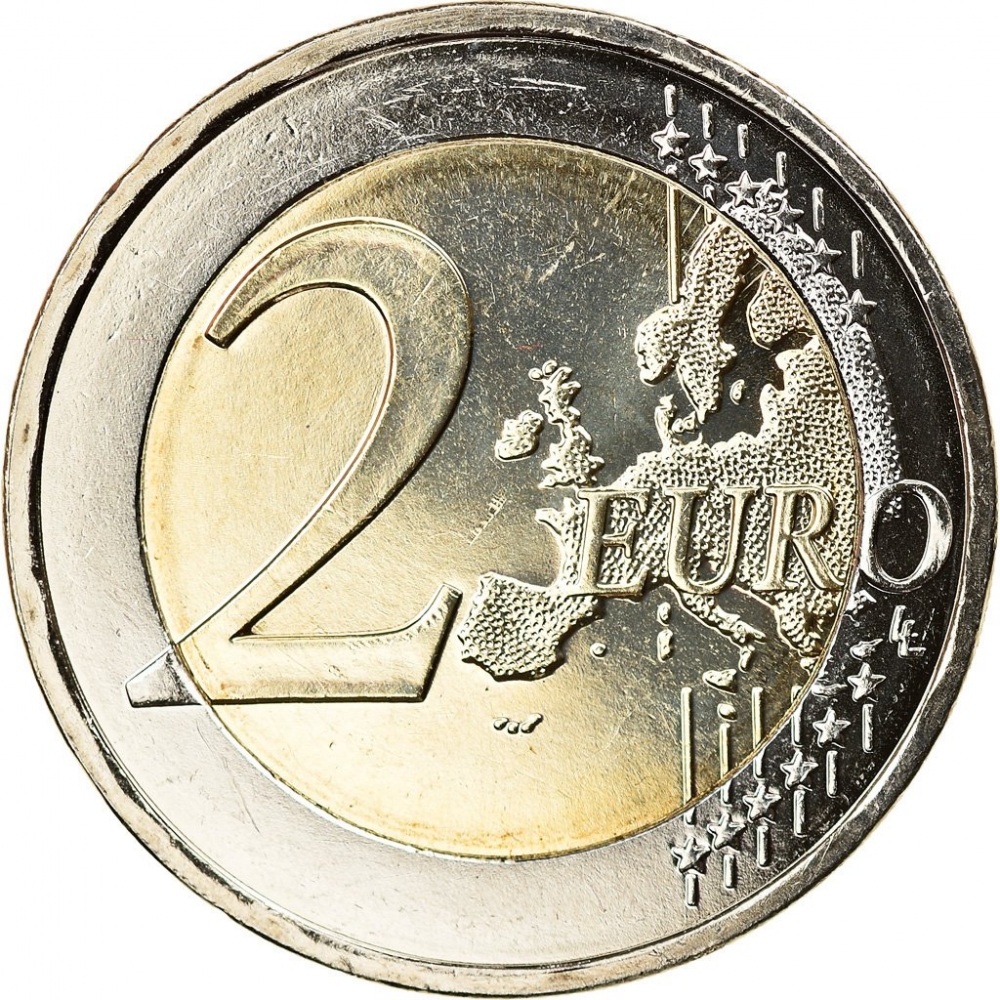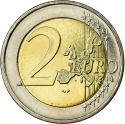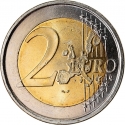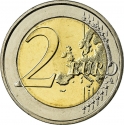You are about to finish your registration. Please check your mailbox (including spam folder). There should be a letter with a confirmation link. Check setting to make sure that your e-mail address is correct.
Send letter againDescription
Manolis Andronikos (1919–1992) was a Greek archaeologist and a professor at the Aristotle University of Thessaloniki.
Manolis Andronikos conducted archaeological research in Veroia, Naousa, Kilkis, Chalkidiki and Thessaloniki, but his main research was done in Vergina, where his teacher, professor K. Rhomaios had founded in 1937 the Aristotle University Excavation at Vergina. His greatest discovery occurred on November 8, 1977, when he found a tomb at Vergina which he identified as that of Philip II of Macedon.
Obverse

|
Depicts the portrait of Manolis Andronikos surrounded by his name (with dates of his birth and death) and HELLENIC REPUBLIC in Greek, with the date and mintmark (stylized acanthus leaf, Athens) on the left and the monogram of the engraver (ΣΤΑΜ, Georgios Stamatopoulos) on the right. The twelve stars of the European Union surround the design on the outer ring. ΜΑΝΌΛΗΣ ΑΝΔΡΌΝΙΚΟΣ 1919-1992 |
|---|---|
Reverse

|
A geographical map of Western Europe spans the outer ring and inner core on the right side of the coin. The inscription 2 EURO is superimposed over the map of Europe, with the numeral “2” located in an open field representing the eastern Atlantic Ocean. 2 EURO |
| Edge |
HELLENIC REPUBLIC in Greek ΕΛΛΗΝΙΚΗ ΔΗΜΟΚΡΑΤΙΑ ★ |
Swap now (2 offers)
Characteristics
| Type | Commemorative Issue (Circulating) |
| Material | Bi-Metallic |
| Ring | Cupronickel |
| Center | Nickel Brass |
| Weight | 8.5 g |
| Diameter | 25.75 mm |
| Thickness | 2.2 mm |
| Shape |
|
| Alignment | Medal |
| Mint |
Bank of Greece
|
